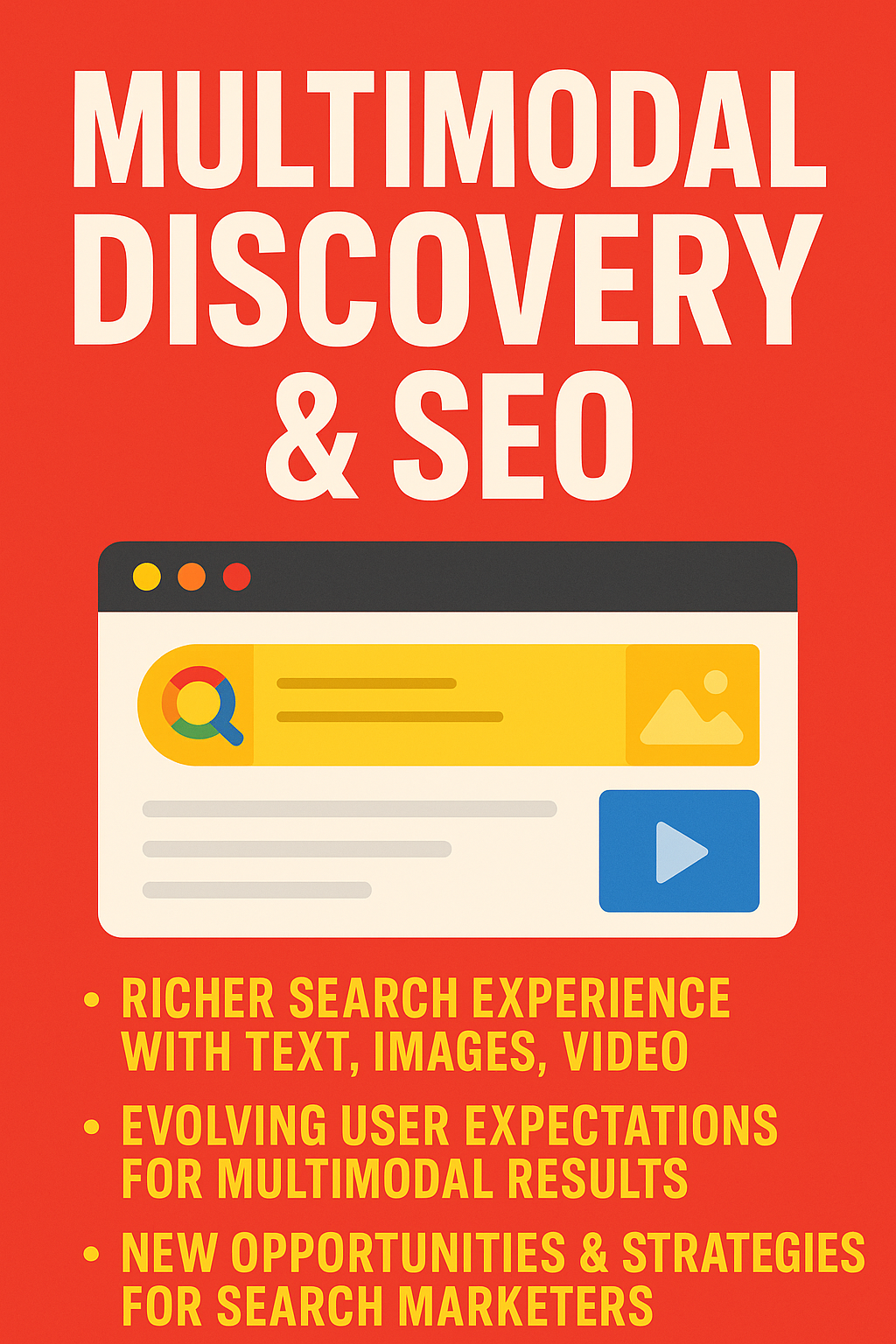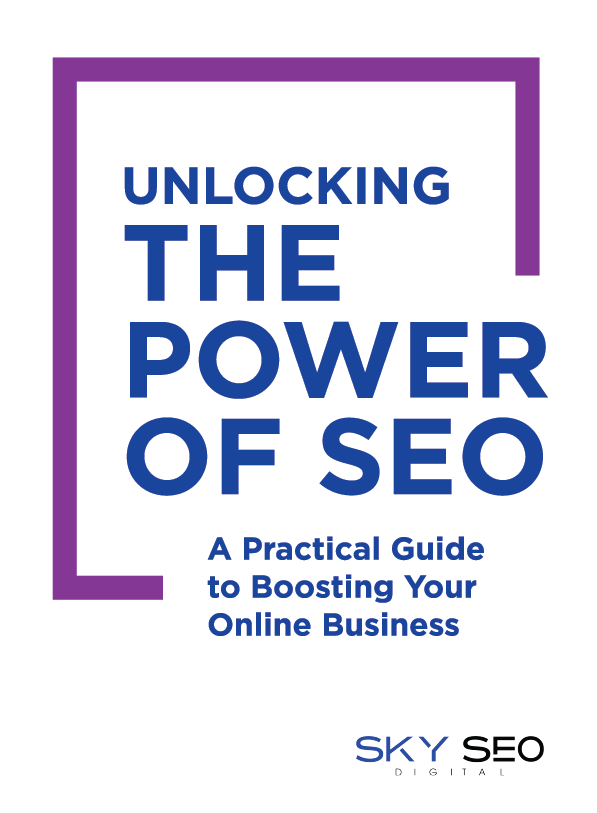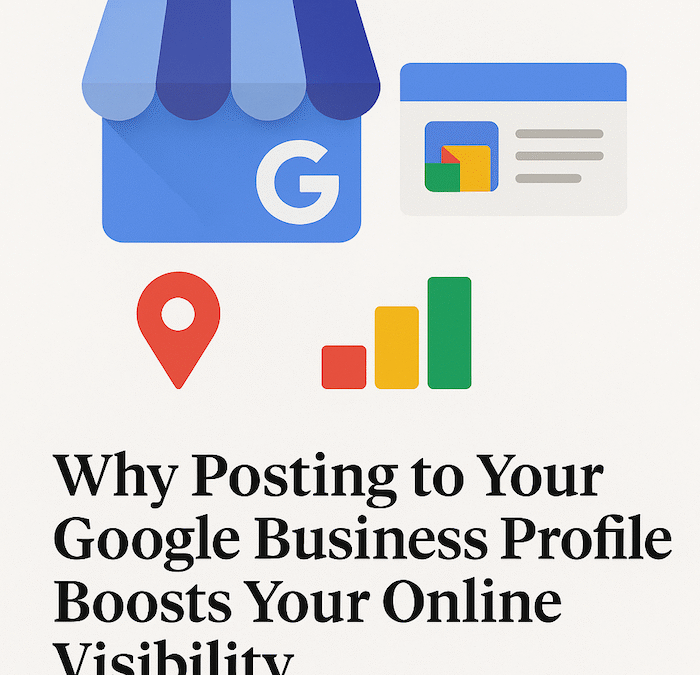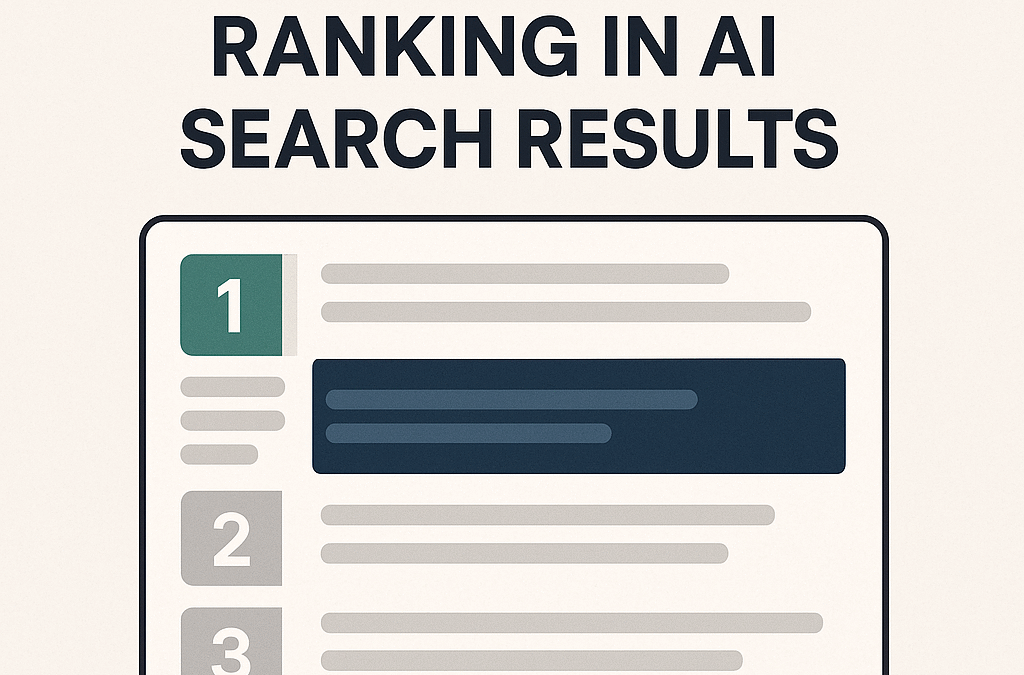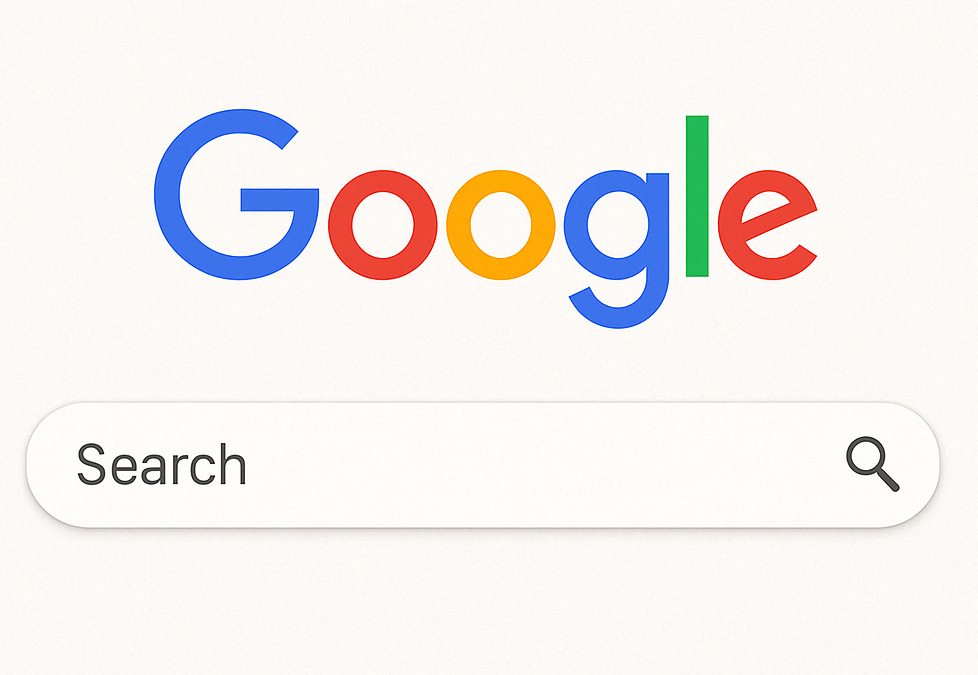The search journey is no longer linear. It’s layered, visual, and context-aware.
As search evolves, so does the way people interact with content. What used to be a simple keyword-based query has now become an experience shaped by images, text, voice, and even intent signals across platforms. This shift—known as multimodal discovery—is pushing brands and SEO strategists to rethink everything from keyword targeting to content structure.
In today’s landscape, discovery doesn’t always begin in a search bar. It can start with a photo on Pinterest, a product sighting in real life, or a voice command while cooking. And when it does, the expectations for fast, relevant, and intelligent results are higher than ever.
So, what exactly is multimodal discovery—and what does it mean for SEO? Let’s break it down.
Discovery isn’t just happening on Google anymore
One of the most important shifts in recent years is that search and discovery are happening across ecosystems, not just within traditional search engines.
- A user sees a chair on Instagram, screenshots it, and uploads the image to Google Lens.
- Someone uses their voice to ask Alexa to “find an oven like this under $1,000.”
- A student points their camera at a graph and types, “explain this like I’m five.”
These are not isolated experiences—they’re everyday interactions that blend visual, textual, and spoken input. Platforms like Google, Pinterest, TikTok, and Amazon are now multimodal by design, enabling discovery to happen across input types and devices.
If your SEO strategy is still treating content as a keyword game, you’re already behind.
Why multimodal discovery changes the rules of SEO
Multimodal discovery doesn’t just shift how users search. It fundamentally changes what search engines prioritize.
Here’s why that matters:
Traditional ranking factors are no longer enough
It’s not just about title tags and meta descriptions anymore. Search engines need contextual signals—images that are properly labeled, videos that answer specific queries, and content that aligns with both visual and verbal cues.
Visual search is the new front door
People are increasingly starting their search journeys by snapping a photo or dragging an image. That image might be paired with a location, a question, or a specific attribute (“in blue,” “with a gold base,” “similar to this one”).
Voice is rising—but not alone
Voice search has long been touted as the next big thing. What’s emerging now is voice combined with visual context: “Hey Google, show me rugs like this under $300,” while pointing the phone at a screenshot.
The takeaway? Discovery is becoming multidimensional, and your SEO approach should be, too.
How to optimize for a multimodal search experience
If multimodal discovery is the future of search, then your optimization strategy needs to be more than mobile-friendly and keyword-rich. It needs to be contextually aware and visually optimized.
Here’s where to start:
Invest in visual content that works beyond your site
Images are no longer just design elements—they’re entry points for discovery. Every product photo, infographic, and video thumbnail needs to be optimized for search engines.
- Use descriptive, keyword-focused file names (e.g., “leather-sling-chair-gold-frame.jpg”)
- Add rich, readable alt text
- Implement schema for products, images, and how-to content
Structure your content for voice and conversational search
Voice queries are longer, more specific, and often phrased as questions.
- Use natural language in headers and FAQs
- Create short, clear answers that work well as voice snippets
- Optimize local listings for “near me” queries and contextual triggers
Build content ecosystems, not silos
Discovery is non-linear. A user might start on Instagram, jump to your blog, scan a QR code, and finish on a review site. Your content should be connected, consistent, and easily crawlable.
- Interlink related content across formats (articles, videos, visual guides)
- Maintain brand consistency across channels (GMB, Pinterest, YouTube, TikTok)
- Tag images and videos with metadata that matches your written content
The role of AI and predictive relevance
As search engines incorporate AI-powered understanding, content is now judged on more than its on-page elements. Google’s Multisearch and Lens are already analyzing the relationship between images, questions, and context.
That means your SEO efforts should go beyond “what’s this page about” and answer “what will the user need next?”
This includes:
- Suggesting follow-up content
- Creating pathways for deeper exploration
- Using structured data to signal related topics, products, and services
The best-performing content in a multimodal world doesn’t just match a query—it anticipates intent.
SEO isn’t dying—it’s diversifying
Some call these changes the end of traditional SEO. In reality, SEO is evolving into a more creative, human-centric discipline. Success now depends on your ability to:
- Design content for multiple entry points (image, voice, video, text)
- Understand how and where your audience initiates discovery
- Connect the dots across every layer of the journey
The future of SEO isn’t just about showing up—it’s about showing up in the right format, at the right time, in the right context.
Multimodal SEO FAQs
What is multimodal discovery in SEO?
Multimodal discovery refers to search behavior that combines inputs like voice, images, text, and location to help users find content more intuitively. It’s a growing focus for platforms like Google, Pinterest, and TikTok.
How does visual search affect SEO strategies?
Visual search requires you to optimize images the way you optimize copy—using alt text, file names, and schema to help search engines understand and surface them across discovery tools like Google Lens.
Is voice search still relevant for SEO?
Yes, but it’s evolving. Voice search is now often paired with context (e.g., “show me shoes like this”) or local intent (“near me”), which requires more nuanced optimization.
What types of content perform well in multimodal search?
Product pages with rich visuals, blogs with embedded video and FAQs, and how-to content that includes images and step-by-step structure tend to perform best.
How can I prepare for the future of SEO?
Start by auditing your content for multimodal readiness: check if your images are optimized, your pages are structured for voice, and your metadata reflects how users search across channels.

